student of history
CGN Regular
Hi Gents,
I'd like to call upon our resident Lee Enfield experts for their opinions on a recently acquired rifle that's outside my scope of collecting. I'm primarily into USGI and German firearms so I'm familiar with milsurps... just not ones hailing from the Commonwealth.
Based on what I can see, it appears to be a No1MkIII manufactured by LSA in 1916. I've noted matching serial numbers on the receiver, barrel, bolt, rear sights, for-stock and nose cap. I also noted a interesting looking disc on the left side of the stock (which I think was for volley sights) as well as what you gents call a "magazine cut off" in the receiver but am not entirely sure of its purpose. I'd be interested in knowing how original this rifle is, perhaps some production numbers from LSA as well as having the dreaded "how much is it worth question" answered.
If supplementary photos are required, let me know and I'll do my best to comply.
EDIT: The second butt stock was given to me with the rifle as it was just a spare that the gent had laying around.
I appreciate everyone's time.
- Chris
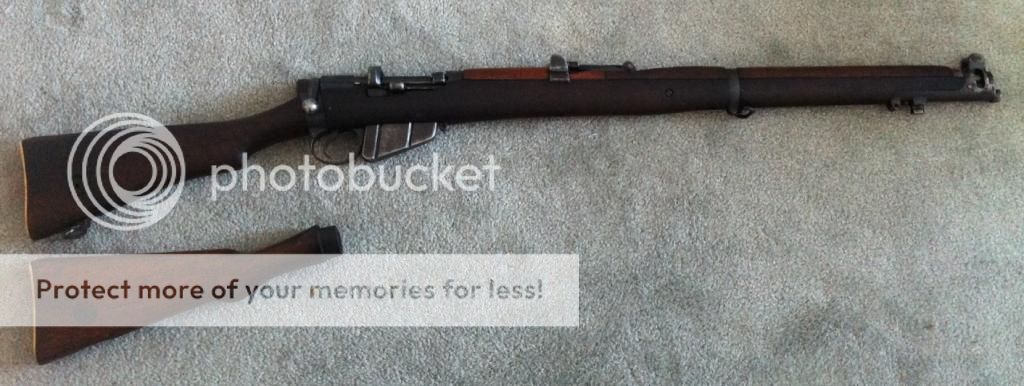
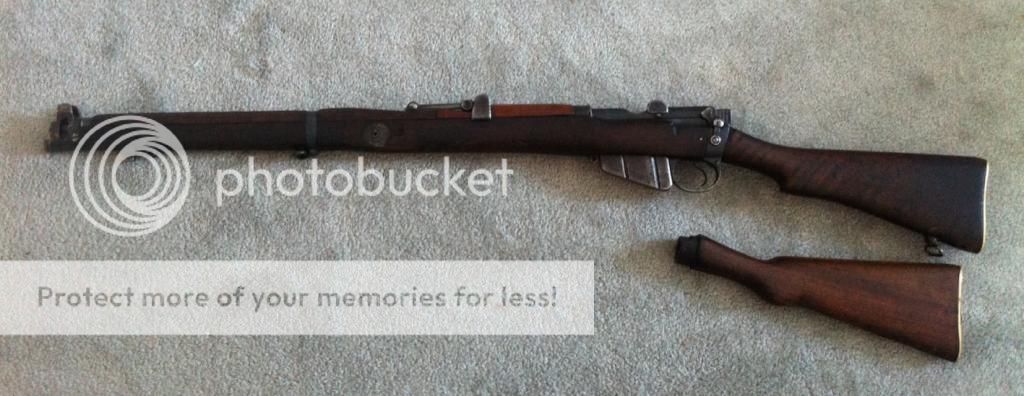
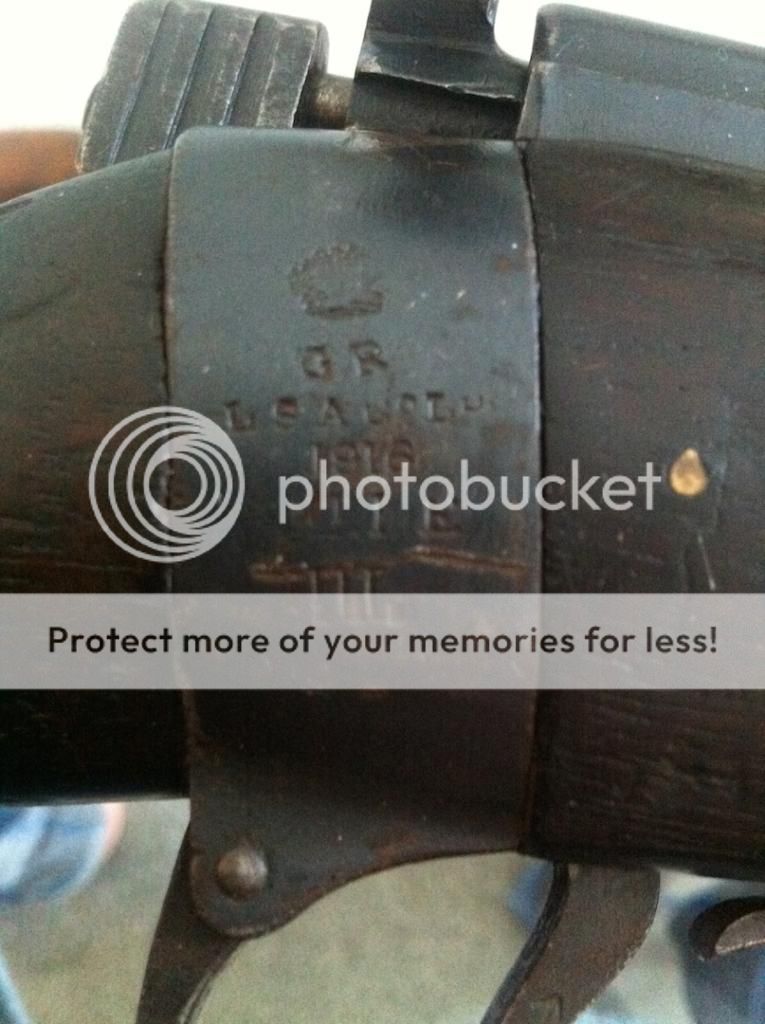
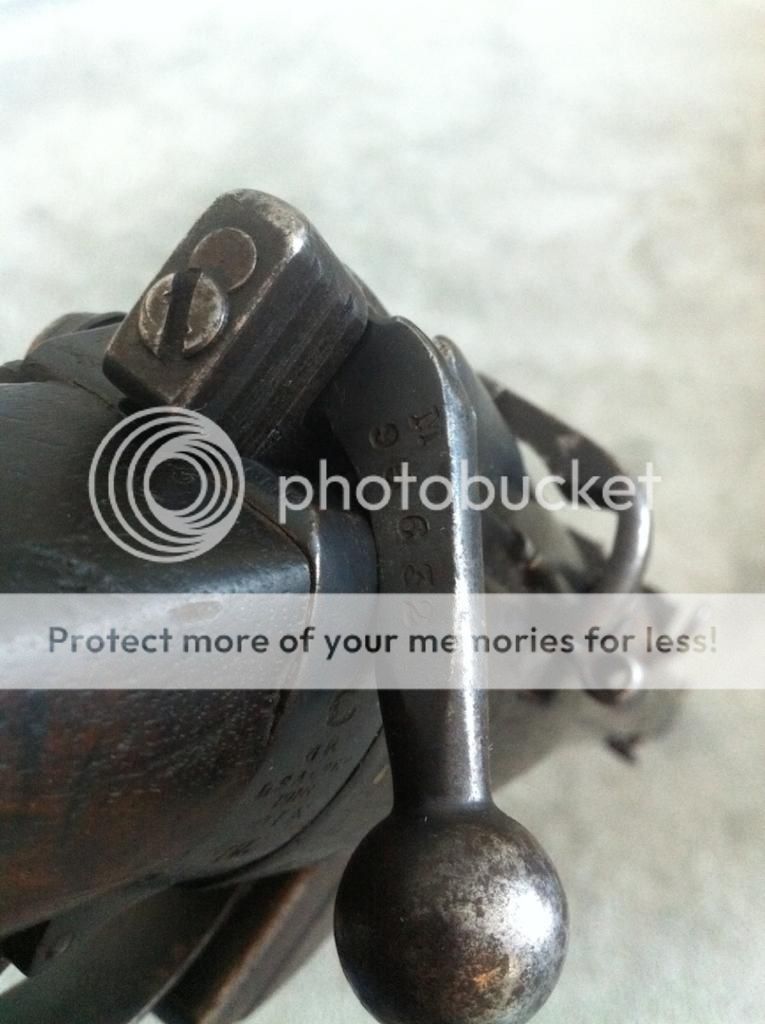
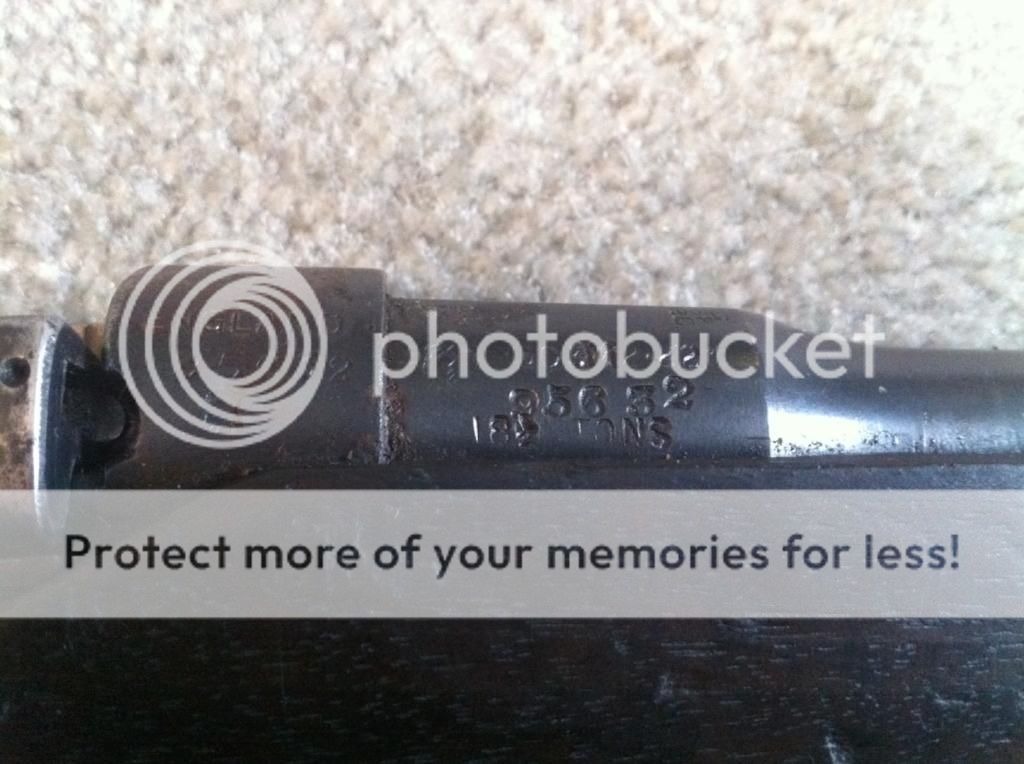
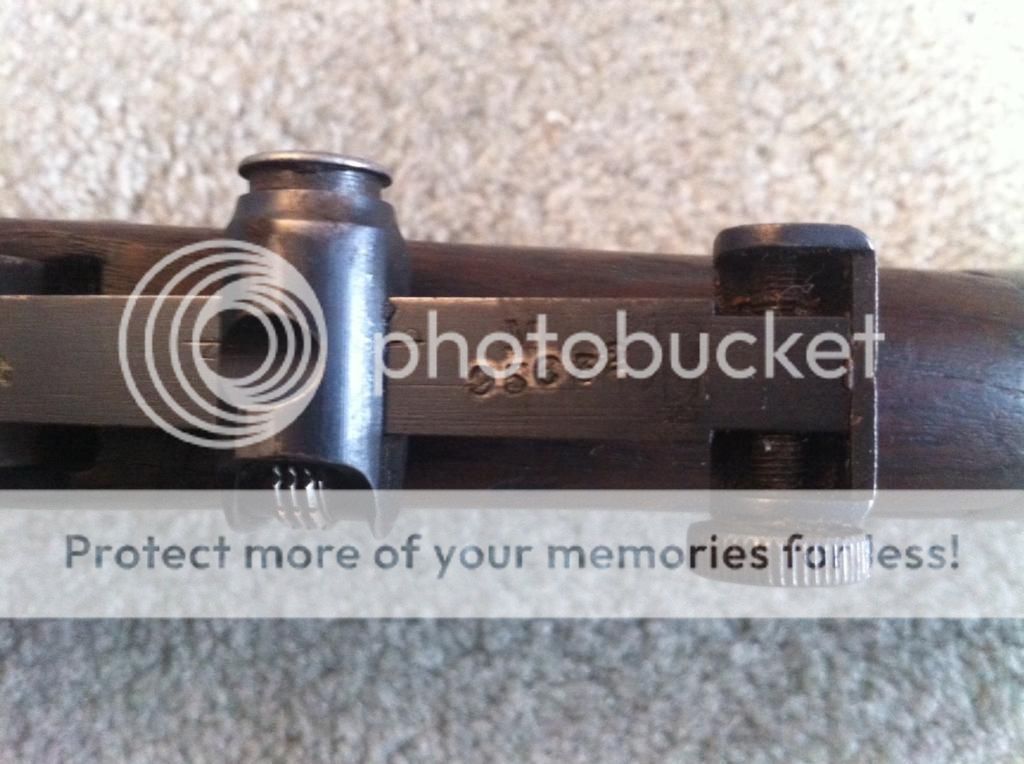
For-stock
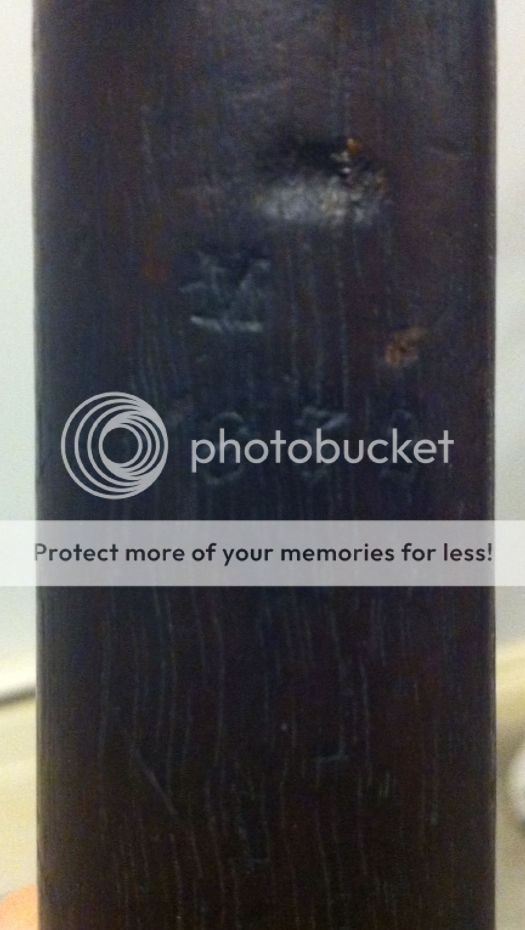
Butt-stock
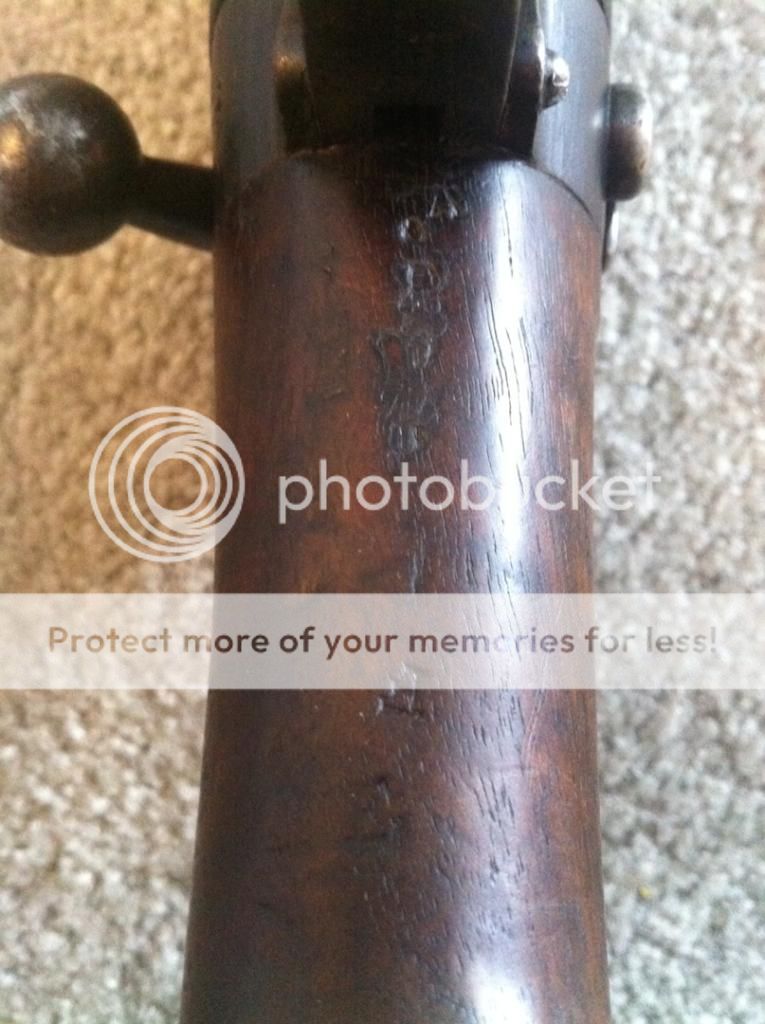
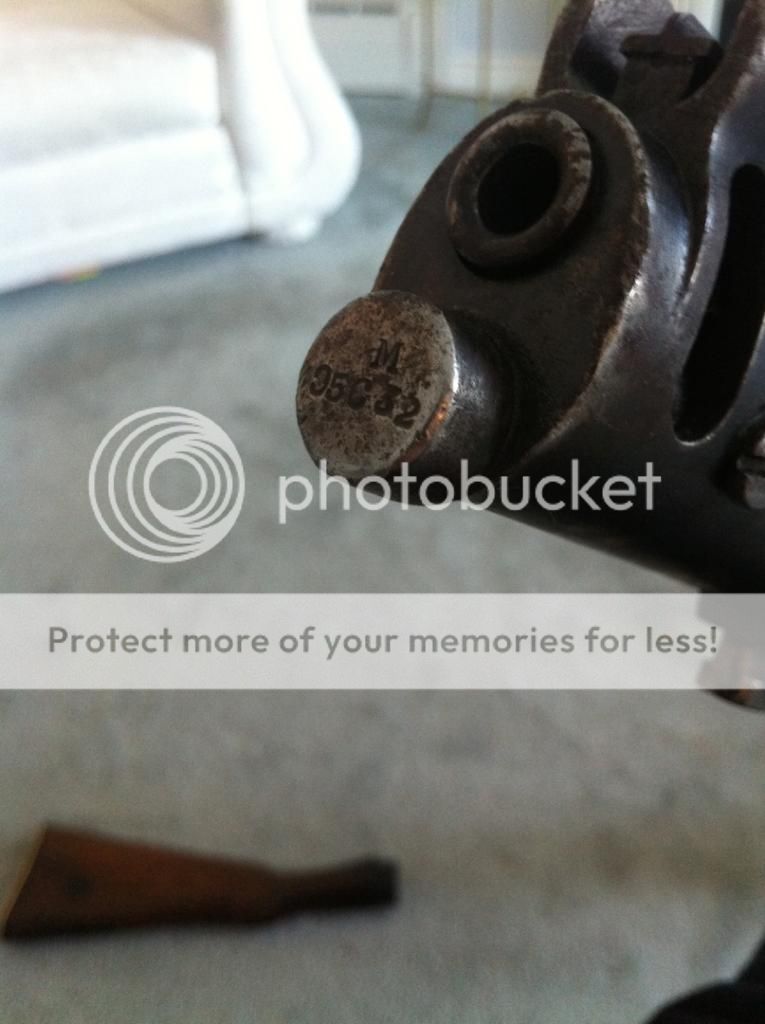
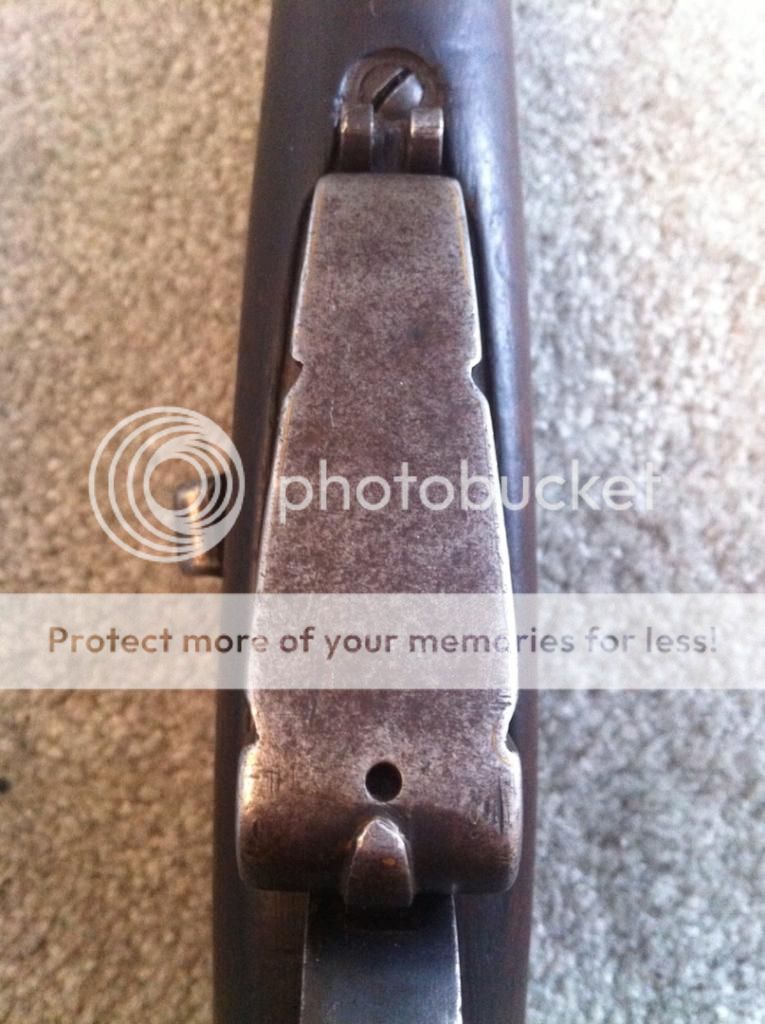
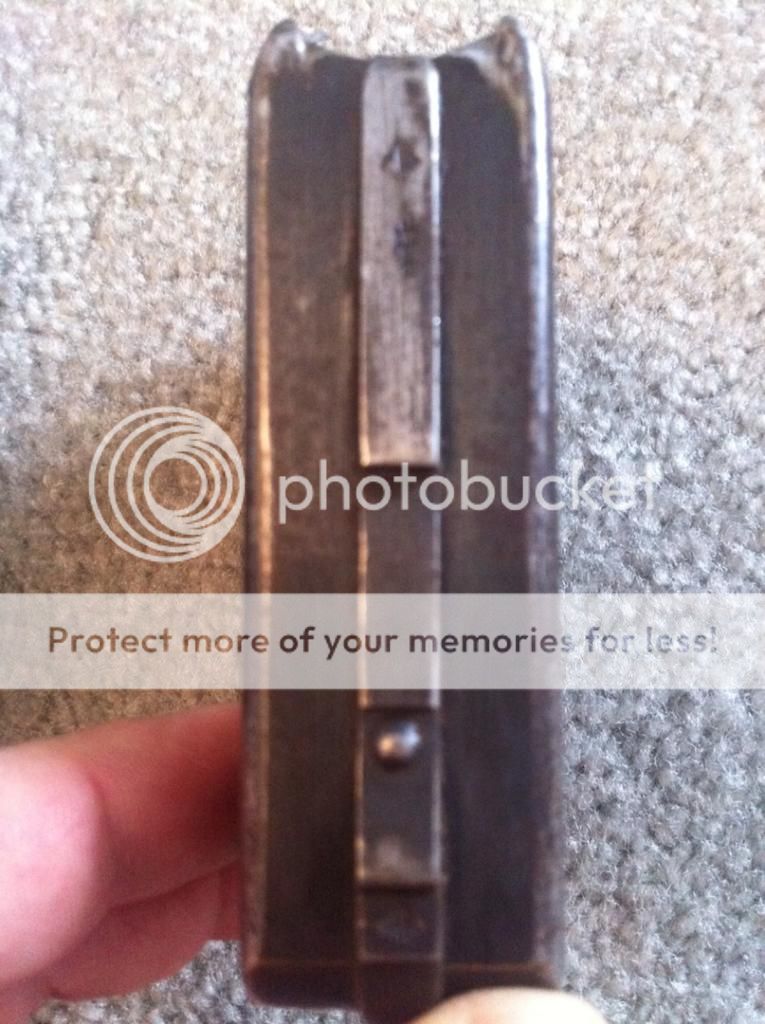
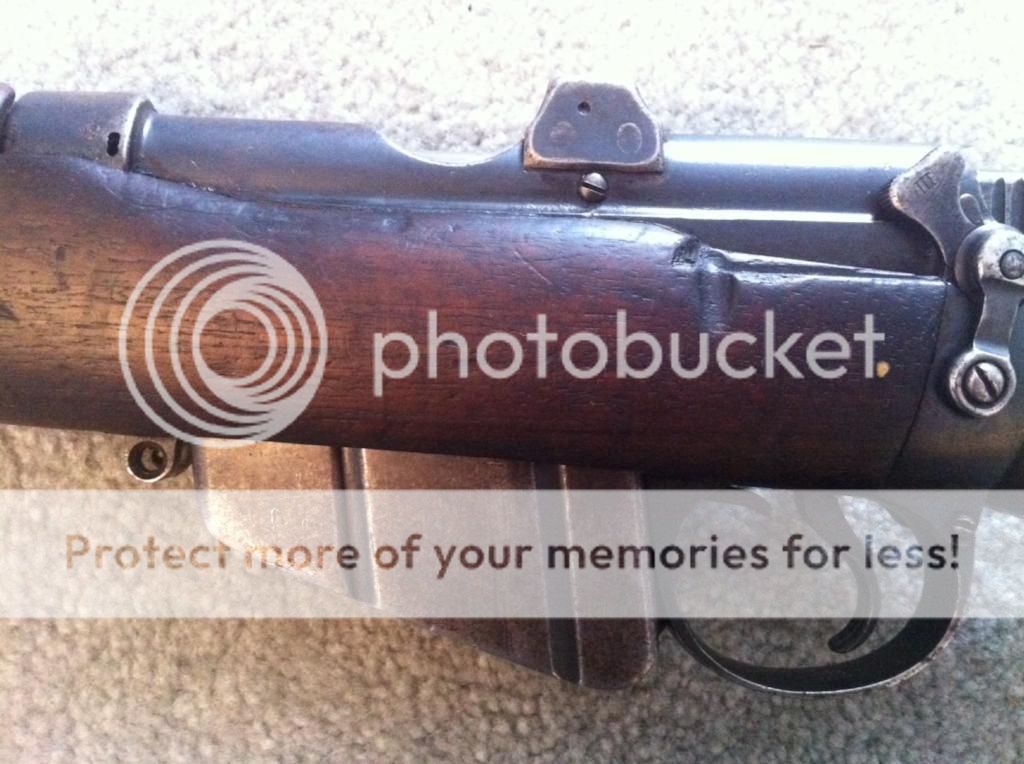
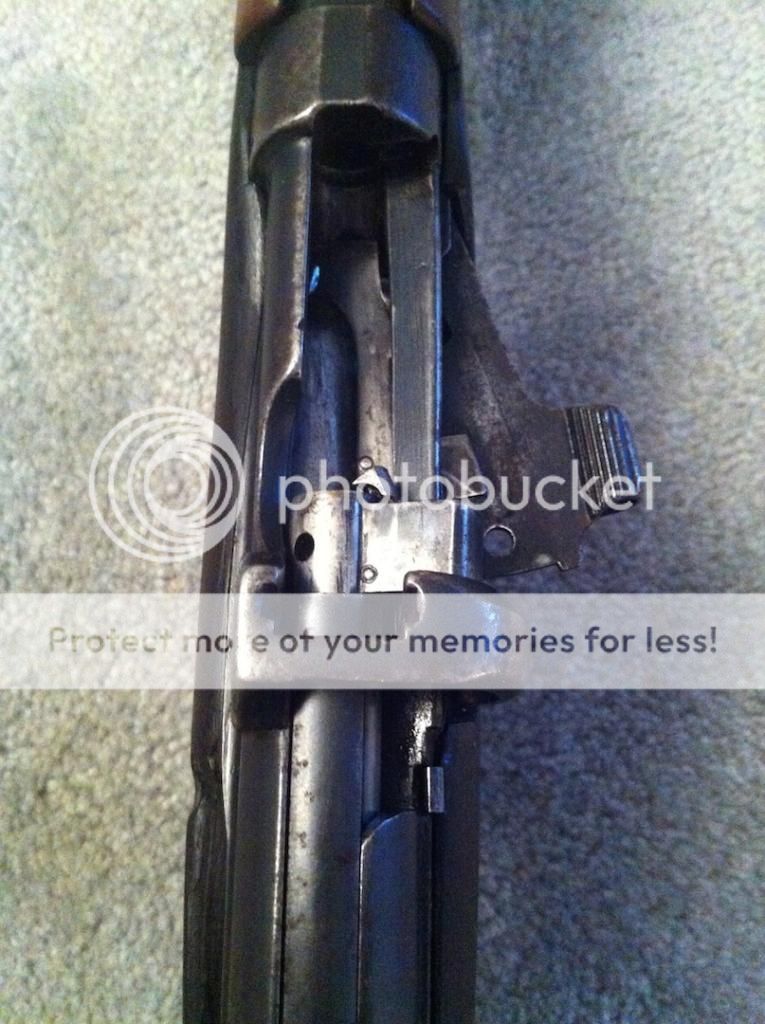
I'd like to call upon our resident Lee Enfield experts for their opinions on a recently acquired rifle that's outside my scope of collecting. I'm primarily into USGI and German firearms so I'm familiar with milsurps... just not ones hailing from the Commonwealth.
Based on what I can see, it appears to be a No1MkIII manufactured by LSA in 1916. I've noted matching serial numbers on the receiver, barrel, bolt, rear sights, for-stock and nose cap. I also noted a interesting looking disc on the left side of the stock (which I think was for volley sights) as well as what you gents call a "magazine cut off" in the receiver but am not entirely sure of its purpose. I'd be interested in knowing how original this rifle is, perhaps some production numbers from LSA as well as having the dreaded "how much is it worth question" answered.
If supplementary photos are required, let me know and I'll do my best to comply.
EDIT: The second butt stock was given to me with the rifle as it was just a spare that the gent had laying around.
I appreciate everyone's time.
- Chris






For-stock

Butt-stock






Last edited:








































































